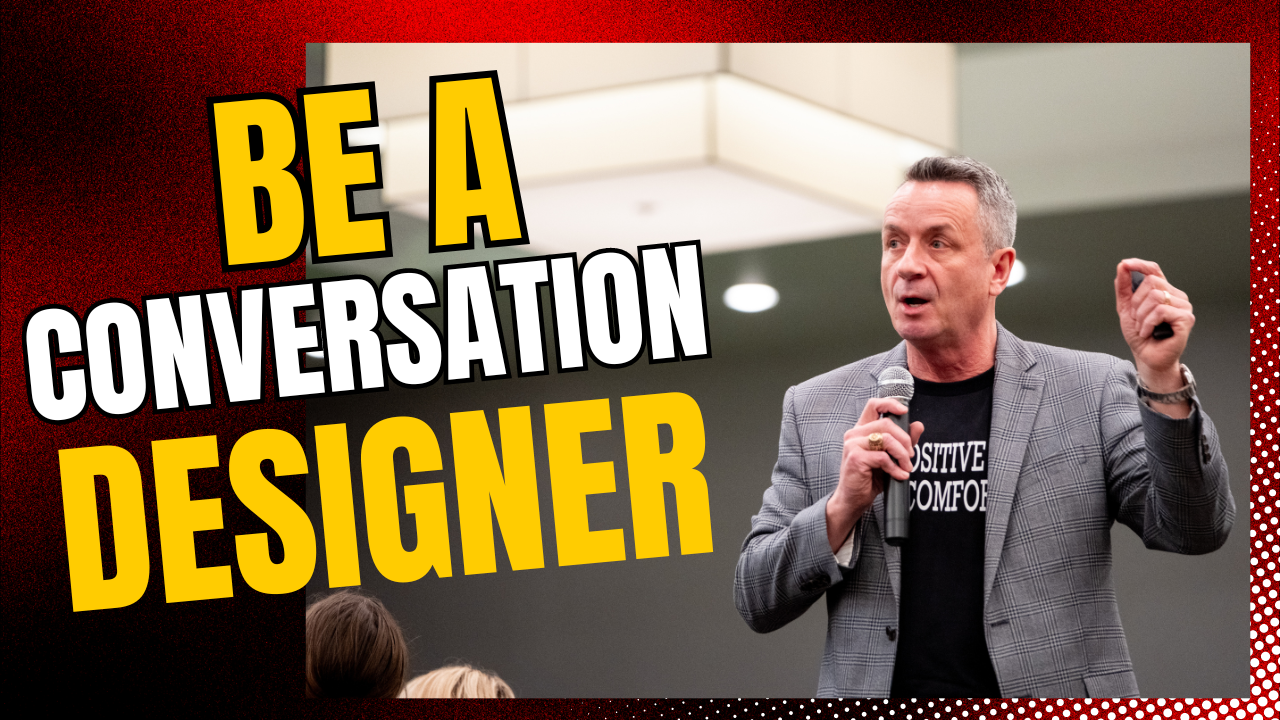|
Helping Companies Rethink, Recover & Refocus on the Future
Call John Grubbs (903) 295-7400
In the complex world of business leadership, the art of communication is one of the most powerful tools a leader can wield. But being a great communicator doesn’t mean simply delivering compelling speeches or motivating your team with inspirational words. It’s about being a conversational architect—someone who intentionally designs conversations that shape the culture, resolve conflict, foster accountability, and inspire growth within their organization. At the heart of many organizational issues lies a simple truth: it’s not what was said that causes problems, but what was not said. Missing conversations, particularly the difficult ones, are often the root cause of most challenges that businesses face.
Missing conversations are the silent gaps in communication where assumptions are made, conflicts are allowed to fester, and accountability is left unchecked. As a leader, you are the architect of these crucial interactions, and your ability to identify and address these gaps can make or break the success of your team. The impact of these missing conversations can be seen in everything from unspoken expectations, unclear goals, and unresolved tension between team members to lack of accountability and diminished motivation.
The Role of a Conversational Architect
A conversational architect is a leader who understands that conversations are the foundation of organizational health. Just as an architect designs structures with a clear plan, leaders must design communication with purpose and intent. This means recognizing which conversations are missing and then creating space for them to happen. It also means being willing to engage in difficult conversations that others might avoid but that are necessary to create a culture of transparency, accountability, and growth.
One of the most common problems in teams is the assumption that everyone is on the same page. You might assume that your team understands the company’s goals, or that they know what's expected of them in their roles. But assumptions are dangerous. Without explicit conversations around expectations, people can interpret things differently, leading to confusion, frustration, and ultimately, failure to meet objectives.
The solution is simple but not easy: leaders must initiate these missing conversations, and they must do so in a way that is clear, compassionate, and direct. By doing this, you lay the foundation for a team that not only understands its goals but is also aligned on how to achieve them.
The Power of Hard Conversations
Being a conversational architect also means being brave enough to have the hard conversations—the kind that most people would rather avoid. These are the conversations that deal with performance issues, unmet expectations, or conflicts between team members. They’re uncomfortable, but they’re essential. When leaders shy away from these hard conversations, they create an environment where accountability erodes, mediocrity festers, and team dynamics suffer.
For example, imagine you have a high-performing team, but one member isn’t pulling their weight. The rest of the team notices, but no one says anything, and the leader avoids confronting the issue because it’s uncomfortable. Over time, resentment builds, team morale declines, and the high performers begin to lose motivation because they see that accountability is lacking. This is a classic case of a missing conversation—one that, if held early, could prevent much bigger problems down the line.
A great leader knows...

